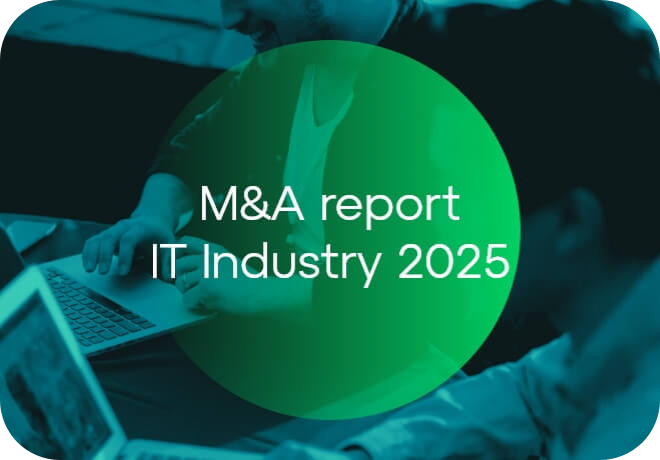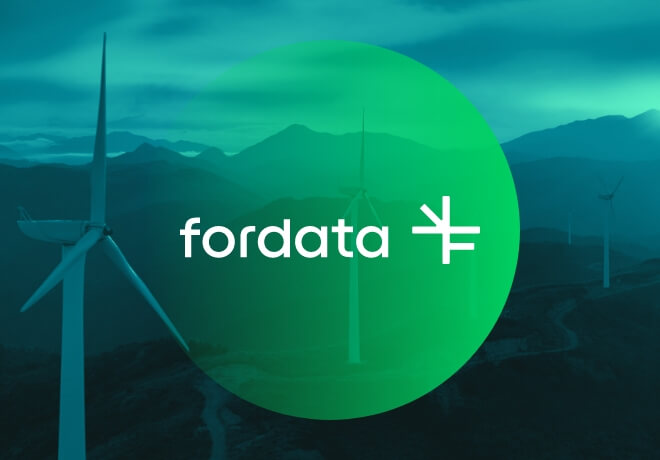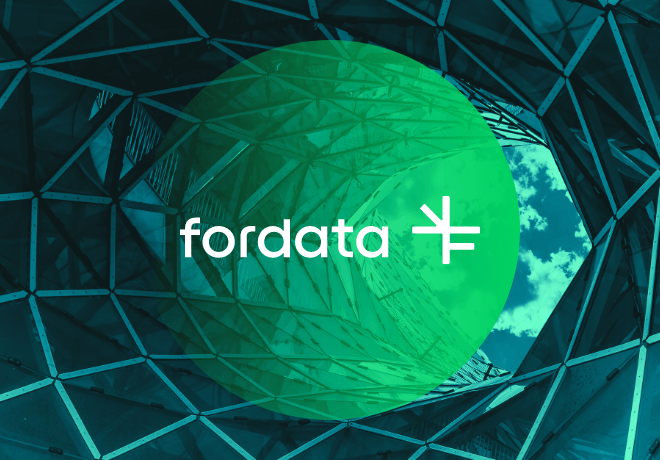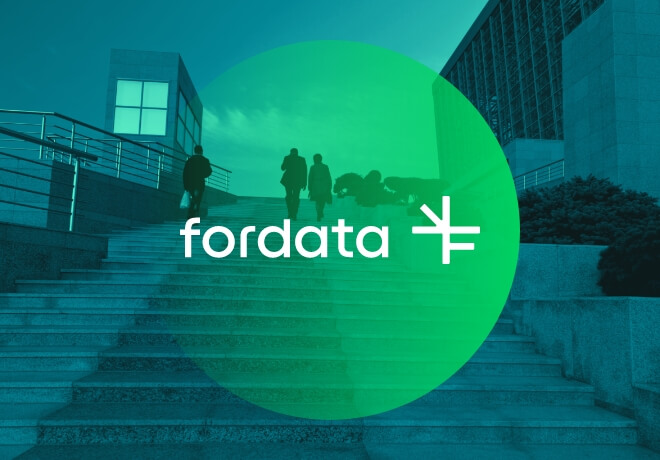12 . 11 . 2025
M&A Merger and acquisition of a company - what are the differences between these processes?
12 . 11 . 2025
In short:
- Mergers and acquisitions allow companies to combine capital, resources and experience to grow faster and more effectively.
- In the case of a merger, two or more companies are fused together, while an acquisition means gaining control over another company.
- Every merger or acquisition transaction requires preparation of strategy, Due Diligence analysis and formal corporate approvals.
What is a business merger?
A merger is a combination of two or more companies, resulting in the creation of a new entity or the acquisition of assets by one of the companies.
Typically, there are two types of mergers:
- Merger by fusion, when all assets of the company being acquired are transferred to the acquiring company,
- Merger by establishment of a new company, when the assets of all merging companies are transferred to the newly established capital company.
In practice, business mergers allow for the pooling of capital, resources, and expertise of several companies to strengthen their market position, reduce costs, or enter new markets.
Every merger of commercial companies requires the preparation of a merger plan and the implementation of a procedure in compliance with applicable regulations, as well as consideration of the legal and capital aspects of the entire process.
What is a business acquisition?
A business acquisition involves gaining control of another entity, typically through the acquisition of shares or stock. Unlike a merger, where companies merge, in the case of an acquisition, an existing entity – the acquiring company – acquires all or part of the assets of the target company and takes over its management.
A company acquisition can be capital-based (purchasing a majority of shares) or asset-based (transferring an organized part of the enterprise). Various models are used in practice, for example, an acquisition within the same industry (consolidation) to increase market share, or a complementary acquisition to expand the business with new products or services.
From a legal perspective, the acquisition of a company requires the preparation of an agreement and corporate approvals, and in the case of large transactions, often also approval from an office of competition and consumer protection. As a result, the acquiring company gains full control over the acquired company and can integrate its operations into its own business structure. Technologies play a key role in modern mergers and acquisitions processes, including Virtual Data Rooms (VDRs), which ensure security and control over documentation during the Due Diligence process.
Merger vs Acquisition - Key Differences
So, although merger and acquisition of a company often appear together in business parlance, in reality they differ in scope and legal effects.
A merger involves two or more companies combining their assets and capital, creating a new entity or expanding an existing one. Shareholders of the merging companies receive shares in the new company, and the entire process leads to the creation of a single, shared economic entity.
In turn, an acquisition means that the acquiring company acquires shares or assets of another company and gains control over it, without creating a new entity. Shareholders of the acquired company may receive shares, stock, or cash compensation, and upon completion of the process, all assets of the acquired company are transferred to the acquiring entity.
In short, a merger involves combining companies, while an acquisition involves the takeover of one company by another. In both cases, the goal is development, expansion, and increased market value, but the legal path and method of integrating the companies differ significantly.
Why do companies decide to merge or acquire?
Companies (buyers) most often choose mergers or acquisitions when they want to accelerate growth and strengthen their market position. Such capital transactions allow them to achieve goals that would be difficult to achieve on their own.
The most common themes are:
- Expansion into new markets through a merger with a local entity, which facilitates access to new customers and distribution channels.
- Cost reduction by combining resources and organizational structures, which allows for increased efficiency and reduced expenses.
- Strengthening competitiveness by merging two companies operating in the same industry, thereby increasing market share.
- Technological and product development. By acquiring another company, the company can implement innovations more quickly and expand its offerings.
- Diversification of business activities through conglomerate mergers of companies, reducing the risk of dependence on one sector.
For acquired companies, a merger or acquisition most often means an influx of capital, access to know-how and new markets, and often provides a rescue from bankruptcy. Regardless of the purpose, mergers and acquisitions are today one of the most important tools for strategic business development, allowing companies to build scale, increase value, and strengthen their competitive position in the long term.
FAQ - Frequently asked questions about the differences between mergers and acquisitions
What is a business merger?
A business merger involves the combination of two or more companies, resulting in the creation of a new entity or the acquisition of the assets of one of the companies.
What is a business acquisition?
This is a situation in which all assets of the company being acquired are transferred to the acquiring company, and the shareholders of the company being acquired are issued shares or stocks in the acquiring company.
What is the difference between a merger and an acquisition?
In the case of a merger, the assets and capital of several companies are combined, while an acquisition involves the acquisition of control over another enterprise by the acquiring company, without creating a new entity.
What types of mergers are there?
There are three main types of mergers: horizontal, which combines companies from the same industry; vertical, which integrates companies operating at different stages of production; and conglomerate, which combines companies from different industries.
How does the merger or acquisition process work?
A typical process includes strategy development, due diligence, negotiations, agreeing on transaction terms, obtaining corporate approvals, and registration in the court register. In international transactions, notification to an office of competition and consumer protection or international authority may be required.
What are the benefits of mergers and acquisitions?
Most often, these include expansion into new markets, cost reduction, increased market share, access to new technologies and better use of capital and resources.
What are the risks associated with a merger or acquisition?
The main ones include integration problems, organizational differences between teams, incorrect valuation of the acquired company, and legal or regulatory risks.
How does technology support the merger and acquisition process?
Modern transactions utilize a Virtual Data Room (VDR), a secure online environment for document exchange and data management. Tools like Fordata accelerate due diligence and provide complete control over information access.
Did you like the article?

How many heads, so many ideas. That's why each of us contributes to making the content on our blog attractive and valuable for you. Discover a source of knowledge and inspiration for your business with Fordata.
Do you want to exchange knowledge or ask a question?
Write to me : #FORDATAteam page opens in new window
The VDR that makes a difference!
TEST FREE TEST FREE-
01 . What is the Merger and Acquisition process step by step?

Learn about the key stages of the M&A process: analysis, Due Diligence, negotiation, integration, and the role of VDRs in streamlining M&A transactions.
12.12.2025
-
02 . Due Diligence in M&A: Key Legal Aspects That Determine the Fate of the Transaction

Learn the most important aspects of legal Due Diligence in M&A. What should you pay attention to to ensure the transaction goes according to plan?
20.08.2025
-
03 . Sell-Side vs Buy-Side M&A: How Virtual Data Room supports both sides of the transaction

Learn how VDR supports M&A deals for both the seller and buyer sides. Faster Due Diligence, better control, and greater security.
18.07.2025
-
04 . Virtual safe that decides the fate of the transaction – VDR in M&A

Are you preparing an M&A deal? Learn best practices for the Due Diligence process in VDR.
16.07.2025
-
05 . The Role of AI and Automation in M&A Virtual Data Rooms

Explore how AI and automation have enhanced Virtual Data Rooms to transform Due Diligence and M&A.
18.04.2025
-
06 . M&A Deals and Virtual Data Rooms: Why Are They a Perfect Match?

The role of Virtual Data Rooms in M&A deals is pivotal for transaction success. How can a deal be streamlined with the use of VDR?
16.04.2025
-
07 . Understanding Virtual Data Rooms: Key Features and Benefits

What features to look for in a Virtual Data Room and what benefits do they bring? Secure online Due Diligence is here.
03.04.2025
-
08 . Business, Secure File Sharing, and Virtual Data Rooms - The perfect combination

Learn why Virtual Data Room is the perfect tool for secure file transfer in a business environment. Protect sensitive information of your company.
26.03.2025
-
09 . What Is a Virtual Data Room (VDR) and How Does It Work?

VDRs removed the limitations of traditional data rooms, offering a secure online space where confidential data can be accessed by authorized users from anywhere in the world.
10.03.2025
-
10 . How does a VDR help minimise risk and increase transaction value in the TMT sector?

The TMT industry is constantly subject to M&A processes. Learn how VDR helps minimize risk and increase transaction value in the TMT sector. Discover the benefits and challenges of using it in M&A processes.
09.12.2024
-
11 . Bolt-on - the ‘buy and build’ strategy

Bolt-on, the process of acquiring a smaller company, is one of the popular strategies used by large corporations, private equity investors and venture capital funds.
25.11.2024
-
12 . The formula for a successful M&A process

A successful M&A process is the result of a synergy of many components. Successfully executing a merger or acquisition can be the key to gaining a competitive advantage and even surviving in the market.
19.08.2024
-
13 . How can VDR support the growth of the renewable energy industry in 2024?

In 2024, the renewable energy industry faces new opportunities and challenges. Thanks to financial support programs such as FENX.02.02, the sector of renewable energy sources has a chance for dynamic development.
02.05.2024
-
14 . DACH M&A in 2024 - will the rising wave return?

Explore how dealmakers in the DACH region continue to leverage M&A as a strategic tool amidst evolving business landscapes, including the impact of AI and sustainability. What does 2024 hold for this dynamic market?
03.04.2024
-
15 . Trends in M&A market in CEE in 2024 through the eyes of buyers

Market sentiment in Central and Eastern Europe (CEE) M&A market in 2024: a blend of cautious optimism, enthusiasm, and significant risk aversion.
08.03.2024
-
16 . The Shifting Landscape of Gaming M&A: A Tale of Investments, Acquisitions, and Emerging Trends

The trajectory of the gaming industry’s investment landscape has been anything but predictable. Q1 2023, marked by a cooling-off period from the frenetic growth during the Covid-boom, saw investments dip significantly.
15.09.2023
-
17 . M&A Landscape in the Middle East: Navigating Challenges and Seizing Opportunities

The Middle East has long been recognized as a dynamic and transformative region, and its M&A sector is no exception.
11.08.2023
-
18 . Energy industry 2023: Virtual Data Room in M&A transactions

The situation in the energy industry in Poland and Central and Eastern Europe is rapidly changing. What do investments in renewable energy look like?
06.06.2023
-
19 . VDR in due diligence process

M&As are a permanent element of the economic world. Their goal is to achieve strategic and financial benefits by expanding markets, diversifying products and production processes.
27.05.2023
-
20 . Outlook for 2023 for M&A transactions in Scandinavia

The Nordic countries are considered stable and developed markets with strong economies. What key trends will drive the Nordic M&A market?
27.04.2023
-
21 . What do M&A deals look like in 2022?

What does influence M&A deals in 2022 besides the war? We analyze the factors that shape the global mergers and acquisitions market.
28.06.2022
-
22 . The role of the CFO in mergers and acquisitions - has it changed?

Financial directors have faced the big challenge of managing company’s funds in the uncertain reality caused by the coronavirus …
22.03.2021
-
23 . The post-pandemic outlook on M&A in the Baltic States

Like the entire M&A market, in the first half of 2020, the Baltic region was marked by lockdowns, which had a number of…
25.02.2021
-
24 . What are the benefits of the FORDATA system in M&A processes?

Global opportunities for mergers and acquisitions are expected to remain firm after the initial lockdown, as pointed out by PwC, but the new and the ongoing transactions will have to adapt to the new circumstances.
15.09.2020
-
25 . The post-pandemic outlook on M&A in Czech Republic and Poland

Coronavirus did stir up trouble for practically entire economies in Czech Republic and Poland. In general, companies…
03.07.2020
-
26 . M&A in the age of coronavirus - market at a turning point

The situation on the Polish mergers and acquisitions market today resembles a controlled lottery. Some investors and entities are withdrawing or suspending operations waiting for stabilization
29.04.2020
-
27 . CEE countries stay firm as global economy bears down

In the face of economic downturn all around, also in Europe, countries in the CEE region are expected to keep growing, especially…
16.12.2019
-
28 . Due Diligence stages - selling your business step by step

Every good investment decision is based on sound knowledge about a given company and transaction process. This applies…
25.06.2019
-
29 . Due Diligence - what exactly does it include?

What does Due Diligence investigation consist of? Who performs it? What are its types? Find the answers to these and other questions on FORDATA blog!
18.06.2019
-
30 . Vendor Due Diligence - the Value of Negotiation Preparation

Vendor Due Diligence (VDD) is carried out only for the needs of the seller, which means that it takes place earlier than Due Diligence (DD).
09.11.2015
-
31 . How can we help you with Due Diligence?

Time plays a major role in M&A transactions. Even the smallest improvement that saves time needed to prepare and perform Due Diligence…
10.03.2014

































